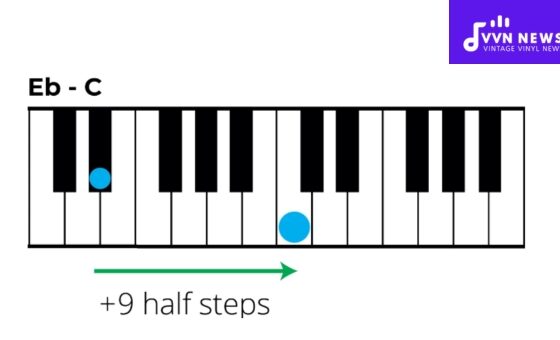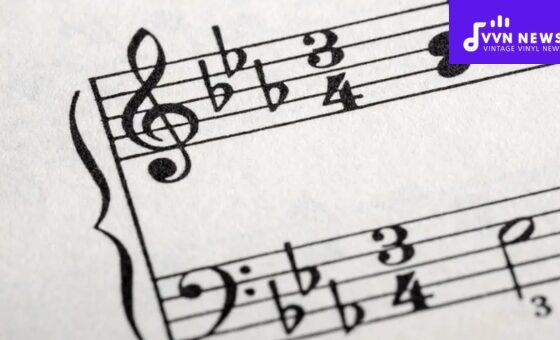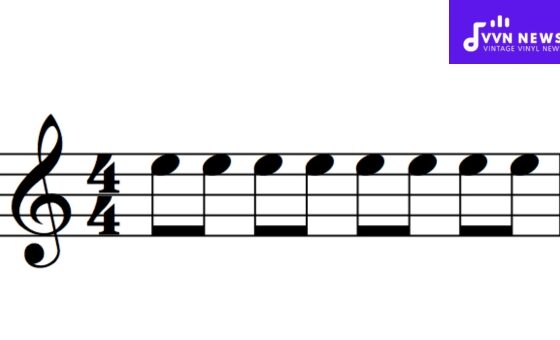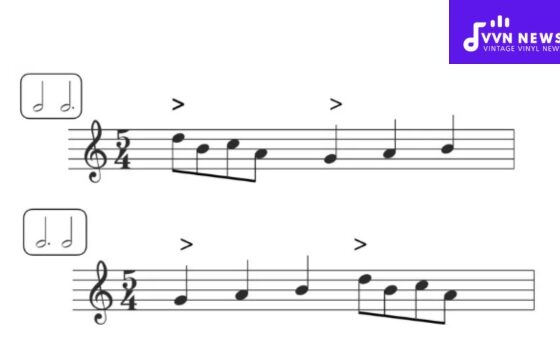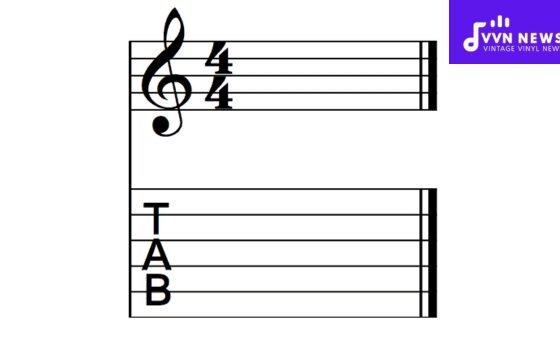As a professional flute instructor, I understand the importance of structuring the first flute lesson in a way that sets a solid foundation for future learning.
This initial lesson is crucial in establishing a positive and encouraging environment for the students, as well as introducing them to the basic techniques and concepts of playing the flute.
In this blog post, I will share with you my tried and tested method on how to structure the first flute lesson!
The first step in structuring the first flute lesson is to create a welcoming atmosphere for your students.
Greet them with a warm smile and introduce yourself in a friendly manner. Make sure they feel comfortable by asking about their musical background and any previous experience they may have had with playing an instrument.
By showing genuine interest in their progress and goals, you are laying the foundation for a productive teacher-student relationship.
What Are the Basics of Flute?

The flute is a beautiful and versatile instrument that has a unique sound and rich history. Before diving into the first flute lesson, it is essential to understand the basics of the instrument.
Here are the main points to know about the flute:
Structure and Parts
The flute is made up of several parts, including the head joint, body, foot joint, keys, and mechanism.
The head joint contains the lip plate or embouchure hole where the player blows air. The body consists of cylindrical tubing with keys that control pitch and tone.
The foot joint extends the length of the flute for lower notes.
Playing Technique
To play the flute, one must hold it horizontally to the right side and position their hands appropriately.
The left-hand covers the keys on the upper half of the instrument, while the right hand operates the keys on the lower half.
The player produces sound by blowing across the embouchure hole while controlling their airspeed and direction.
Also Read: 11 Best Beginner Flute Books [Start Your Melodic Journey Right]
Range and Pitch
The standard concert flute has a range of about three octaves and produces sounds in C. By pressing different combinations of keys, players can produce various pitches from low to high.
Musical Notation
Flute music is written on treble clef staff. Notes are represented by oval shapes placed on specific lines or spaces on the staff corresponding to pitch.
Embouchure
Embouchure refers to how a flutist positions their lips and directs air across the embouchure hole. By experimenting with different lip formations and angles, players can control pitch accuracy, tone quality, and dynamics.
Understanding these basics will help both teacher and student lay a solid foundation in their journey toward becoming proficient in playing this captivating instrument.
How To Structure The First Flute Lesson?

Structuring the first flute lesson requires careful planning to ensure a smooth and engaging learning experience.
Here is a step-by-step guide to help you create a structured and effective first lesson for your flute students:
Setting Goals
Begin the first flute lesson by discussing the student’s goals and expectations. Understanding what they hope to achieve through learning the flute will help tailor the lesson plan to their specific needs.
Whether it’s playing in a school band, pursuing a career in music, or simply playing for personal enjoyment, setting clear goals will keep both you and your student motivated throughout the learning process.
Choosing the Right Flute
Helping your students choose the right flute is crucial to their success as a player. Discuss different types of flutes available, such as student models or intermediate models, and guide them on selecting one within their budget and skill level.
Encourage them to try out different flutes to find one that feels comfortable and produces a good sound.
Also Read: How To Clean Your Flute [Keep Your Instrument Shiny & Sounding Great]
Warm-Up Exercises
Before diving into playing songs or learning techniques, it’s important to warm up the flute and the body. Start with deep breathing exercises to improve breath support and lung capacity.
Then, guide your student through simple finger exercises to loosen up their fingers and improve dexterity. These warm-up exercises help prevent strain or injuries during practice sessions.
Basic Flute Technique
Introduce your student to the basic flute technique during the first lesson. Teach them how to hold the flute properly with the correct posture, ensuring that they have a relaxed but firm grip on the instrument.
Demonstrate proper hand placement on keys, focusing on maintaining a light touch while creating an airtight seal.
Fingerings and Embouchure
Next, teach your students about fingerings on the flute and how they correspond to notes on sheet music.
Go through different finger combinations for basic scales or melodies so that students can start producing simple tunes early on in their learning journey.
Additionally, explain embouchure techniques – how lips are shaped around the lip plate – as this greatly affects tone production and pitch control.
Guide them on achieving a proper embouchure by using the correct lip placement and directing air across the embouchure hole.
First Songs and Melodies
To keep students motivated and excited, introduce them to their first simple songs and melodies during the first flute lesson.
Choose pieces that incorporate the techniques they have learned so far, such as basic scales or finger exercises.
By playing familiar tunes, students will feel a sense of accomplishment and be inspired to continue practicing.
Provide sheet music or tabs to help your students follow along with the notes. Break down the melody into smaller sections, focusing on accuracy and tone quality. Encourage them to practice these songs regularly to build their repertoire.
Breath Control
Breath control is a fundamental aspect of playing the flute. It allows the player to produce a steady and consistent sound.
During the first flute lesson, it is crucial to introduce proper breath control techniques to the student.
Teach them to take deep breaths from the diaphragm and exhale through pursed lips while maintaining steady airflow.
Emphasize the importance of relaxed breathing and avoiding tension in the body.
Also Read: How To Upgrade Your Flute? [A Comprehensive Buying Guide]
Reading Sheet Music
Understanding how to read sheet music is essential for any flutist. During the first flute lesson, introduce basic music notation concepts such as clefs, notes, rests, time signatures, and dynamics.
Start with simple exercises that reinforce note recognition and rhythm comprehension. Gradually increase the difficulty level as the student progresses.
Practice Tips
Providing practice tips during the first flute lesson helps set a foundation for effective practicing habits.
Emphasize regular practice sessions rather than sporadic long sessions. Please encourage students to break down their practice into smaller manageable sections focusing on specific techniques or musical passages.
Teach them how to set achievable goals for each practice session and how to approach challenging passages systematically.
Common Mistakes to Avoid
Instructing a student on common mistakes to avoid can help them develop good habits and prevent potential problems down the road.
Some common mistakes flutists make include incorrect finger placement, improper posture, limited breath support, and excessive tension in the embouchure muscles.
Address these issues during the first lesson by providing clear instructions on the correct technique and offering corrective feedback.
Building a Practice Routine
A well-structured practice routine is key to progress in learning any instrument, including the flute.
During the first lesson, guide your student in building a practice routine that suits their schedule and abilities. Start by setting aside dedicated time each day for focused practice sessions.
Consider dividing practice time into sections focusing on warm-up exercises, technical exercises, repertoire study, and sight-reading. Encourage consistency and gradual progression in their practice routine.
Progress Tracking
Keeping track of progress is crucial for both students and teachers. During the first flute lesson, explain the importance of progress tracking and how it can motivate and guide their learning journey.
Introduce a notebook or practice journal where they can document their progress, goals, and challenges. Use this journal during subsequent lessons to assess progress, provide feedback, and set new goals.
Every student is unique, so it’s important to adapt your teaching approach to suit each individual’s learning style, pace, and goals.
By providing a well-structured first flute lesson that covers these key aspects such as breath control, reading sheet music, practice tips, common mistakes to avoid, building a practice routine, and progress tracking, you will help your students establish a solid foundation for their flute playing journey.
Also Read: 10 Best Flutes For Beginners [Top Picks To Start Your Journey]
FAQs about Structuring the First Flute Lesson
What are the essential warm-up exercises for the first flute lesson?
To warm up, start with breathing exercises and simple long-tone exercises to focus on producing a steady sound.
How do I choose the right flute for a beginner student?
Select a flute that is suitable for beginners, with key features such as offset G keys, a C foot joint, and closed-hole keys for easier finger placement.
What are some common mistakes to avoid in the first flute lesson?
Avoid excessive tension in your embouchure and fingers, improper posture, and rushing through new concepts or songs without proper understanding.
How can I help my students develop good practice habits?
Encourage regular practice by setting achievable goals, providing practice techniques and tips, and using a practice journal to track progress.
Should I introduce sight-reading sheet music in the first lesson?
While it’s important to introduce sheet music early on, beginner students may benefit from focusing more on basic techniques before diving into sight reading.
Conclusion
Structuring the first flute lesson requires a combination of technical instruction and creating a positive learning environment.
By setting goals, choosing the right flute, introducing warm-up exercises, teaching basic techniques and fingerings, and gradually progressing to playing songs and reading sheet music, students will build a solid foundation in their flute-playing journey.
Remember to provide clear instructions, be patient and encouraging, and track progress to ensure a fruitful learning experience for your students.




